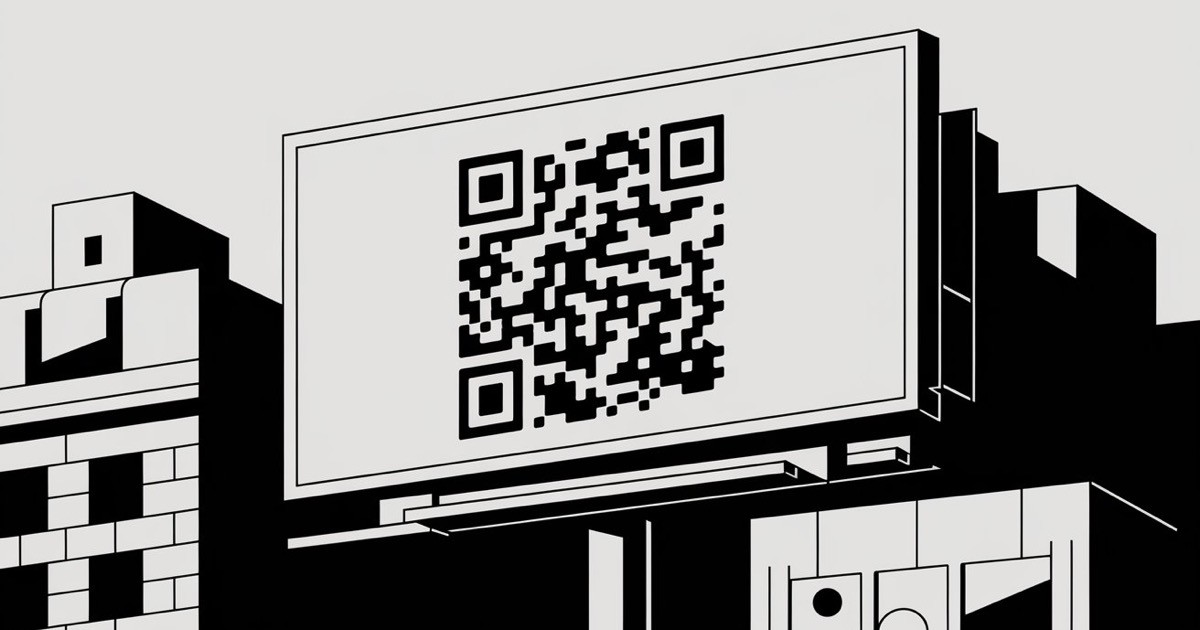From Outdoor to Smartphone
Luis Humberto de Quental
Oct 28, 2024

The connection between offline and mobile in the new era of marketing
In the current digital landscape, where the consumer experience is increasingly hybrid, uniting offline media and mobile marketing strategies has become essential for companies seeking to maximize their reach and drive sales efficiently. From QR Codes on billboards to personalized links in printed materials, there are various ways to connect these two worlds, generating expressive and measurable results.
Offline Media + Mobile: The Power of Connection
The combination of offline and mobile strategies offers a barrier-free shopping journey, where the customer easily moves between physical and digital channels. Here are some practical ways this integration can be applied:
Retail Media with QR Codes: In retail, QR Codes enable the consumer to scan a code directly from the shelf or displays and be redirected to an online page with more information, exclusive offers, or even direct purchase of the product. This type of activation not only increases engagement but also collects valuable data about consumer behavior at the point of sale.
Billboards with AR Codes and QR Codes: Billboards and other OOH (Out of Home) media are also incorporating QR Codes and AR Codes, promoting interactive experiences. Imagine a billboard for a fashion brand where the consumer can scan the code to view a complete collection or a specific item in augmented reality. This makes the interaction more engaging and helps the brand capture valuable data about who interacted with the ad.
Affiliate Networks and Printed Materials: Affiliate programs can now use personalized links in flyers, catalogs, and magazines that direct consumers to exclusive offers in the mobile environment. These links can be easily tracked with the help of an MMP (Mobile Measurement Partner), allowing detailed analysis of the performance of each channel and offline campaign. Trends and Benefits of MMP in the Omnichannel Strategy One of the strongest trends in the market is the need for integration and omnichannel tracking. However, for this strategy to be truly effective, the use of an MMP becomes essential. The MMP helps identify which offline channels are having the greatest impact, allowing for precise analysis of return on investment (ROI) for each campaign.
Optimized Spending: With an MMP, companies can focus their budget on the channels that offer the best performance, reducing waste on less effective strategies. This detailed tracking allows managers to quickly adjust campaigns, maximizing results and keeping costs under control.
Real-Time Measurement: The MMP provides real-time insights on engagement and conversions for each campaign, allowing for immediate adjustments and optimizations. With this, the company not only increases accuracy but also enhances the consumer experience by offering an integrated and personalized journey.
Case: How Brands Are Creating Value with Hybrid Strategies
Companies that have implemented the combination of QR Codes at points of sale, interactive outdoor ads, and affiliate networks with trackable links have observed a significant increase in sales and engagement. According to studies, using QR Codes in retail can increase the likelihood of a conversion by up to 40%, while integrated campaigns that utilize data from an MMP present a much higher ROI than isolated campaigns.
Conclusion
The future of marketing is hybrid, and the combination of offline media with mobile marketing is one of the most effective ways to impact consumers wherever they are. Utilizing an MMP as support in this strategy enables brands not only to track results but also to optimize budgets and ensure a personalized and seamless experience for the customer. Integrating these channels is no longer an option but a necessity for brands wishing to stand out and thrive in an increasingly connected and demanding market.
